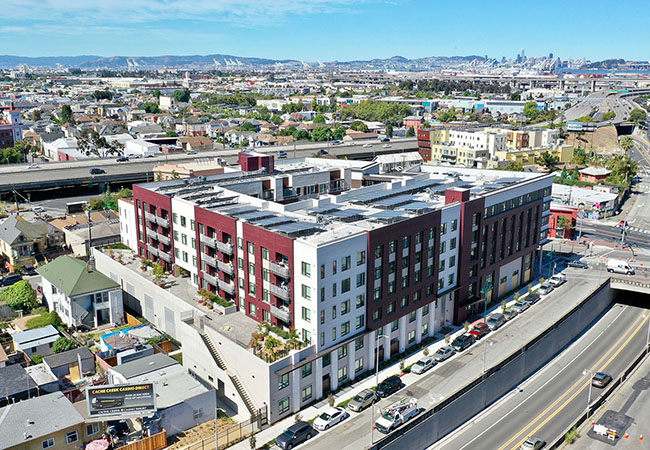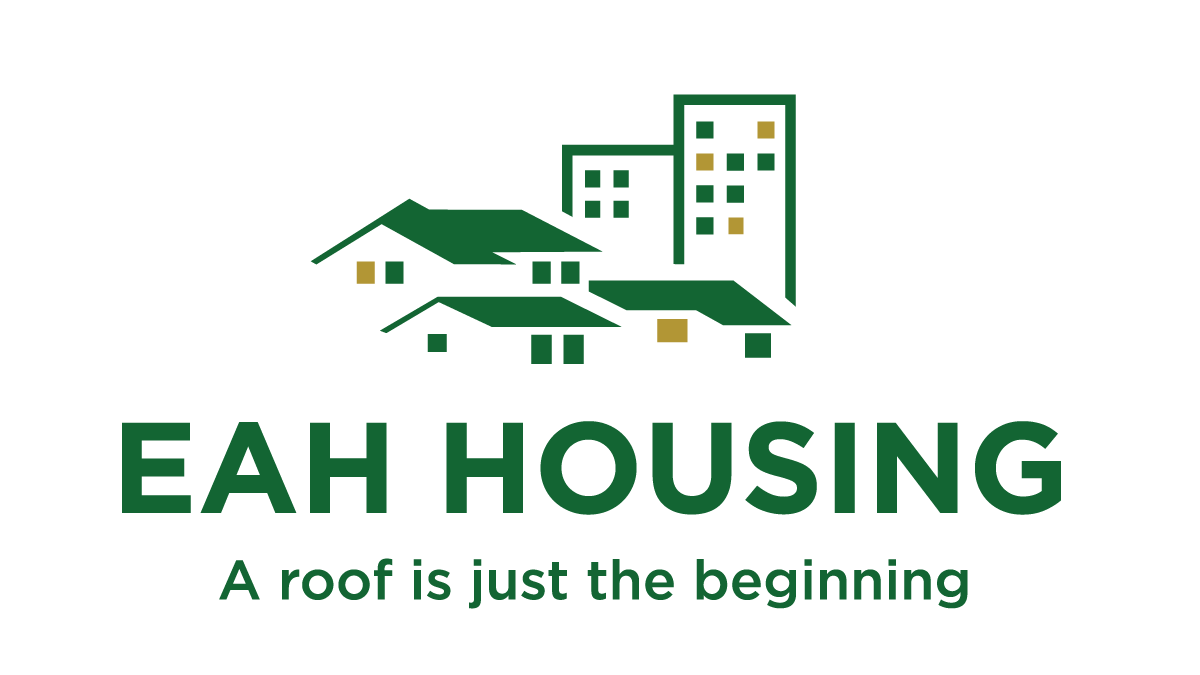
It’s One Of California’s Most YIMBY City Councils — And One Of The Few Surpassing Housing Goals
San Francisco Chronicle
By J.K. Dineen | December 8, 2021
The state’s aggressive push to strong-arm cities into building more housing has provoked protests and hand wringing across California.
But one Bay Area town, the small East Bay city of Emeryville, is shooting to not only meet the target but exceed it by a mile.
Rather than joining 27 Bay Area cities in appealing its Regional Housing Needs Allocation — arguments ranged from traffic concerns to seismic safety issue — Emeryville is seeking to qualify as a “pro-housing city’ under a new state program. That means the city must top its state-mandated RHNA allocation by 50% — in the case of Emeryville that’s about 2,700 units instead of 1800, according to City Manager Christine Daniel. Pro-housing designated cities have an advantage in applying for state housing funds.
“We think we can reach 150% of our assigned RHNA goal,” said Daniel.
To Bay Area developers the idea that Emeryville is gunning to build far more than its fair share of housing doesn’t come as a surprise. The city tucked between Oakland and Berkeley along the shoreline has long had a reputation of welcoming development of all kinds. Since 2000 the city’s population has nearly doubled from 6,800 to about 13,000, as housing has been added across the city. With the current housing pipeline that number could rise to 17,000 by 2030.
“We are at the heart of the Bay Area, the sweet spot of housing, jobs and transportation,” said Daniel. “It sounds trite to say, but it’s true.”
During a walking tour of Emeryville, City Councilor John Bauters pointed out the city-owned sites that are set aside for affordable housing. At the eastern end of town there is the triangular property at 3600 San Pablo — on the Oakland border — where Resources Community Development will build 90 units of supportive housing as well as a new home for the Emeryville Citizens Assistance Program, or ECAP, which currently hands out groceries to about 275 people a day.
At 3706 San Pablo Ave. EAH Housing recently completed Estrella Vista, an 87-unit affordable family housing project that is fully leased up after attracting 1,500 applications. And that same nonprofit developer is set to build about 70 units at 4300 San Pablo Ave., a mix of units for low-income seniors and youth aging out of foster care.
Jake Rosen, project manager for the 3600 San Pablo Ave. project, said the Emeryville City Council came through in the clutch at a time when his group was applying for funding from the state’s No Place Like Home initiative, a program that requires local matching funding. With the application deadline looming the City Council held an emergency meeting, awarding $16 million to the project. The local investment allowed RCD to receive $19 million from the state.
“Without the city of Emeryville’s substantial and timely support this development could easily have been delayed a year or longer,” said Rosen.
Welton Jordan, chief real estate development officer for EAH Housing, credited Emeryville with pushing a state senate bill that allowed for the mixed-age project to go through. Previously deed restricted senior housing had to be 100% seniors and could not have a mix of ages.
Emeryville stands out among the 80 cities in California and Hawaii that EAH develops in, Jordan said. “Emeryville is small but mighty,” he added. “They are willing to work with you to get things done and not so hung up on process.”
He credits the city with pushing use of Senate Bill 35, which streamlines affordable housing approvals. “Emeryville is a lot easier to work with from a planning perspective,” said Jordan. “They have embraced SB35, whereas a lot of places have not, and still want you to go through the traditional two or three year process.”
The push to attract residential development is coming from one of Northern California’s most “YIMBY” city councils. In recent years the city raised height limits to seven stories on San Pablo Avenue, used city money to buy five parcels for future affordable housing and voters passed a $50 million housing bond — a major investment in affordable housing for a city the size of Emeryville. For comparison San Francisco, 65 times more populous than Emeryville, passed a $600 million affordable housing bond in 2019.
But while development in Emeryville has fattened city coffers — it has a new $90 million school with a community pool and and provides a free “Emery Go Round” bus system — it has not been without growing pains. The open arms with which the city welcomed business has resulted in the one square-mile city being home to four major shopping centers, which has led to traffic congestion.
In addition to being the home to headquarters for Pixar and Peet’s Coffee, the city is known for its big box retailers — and the traffic that comes along with them. Best Buy, Guitar Center, Target and Home Depot — and of course Ikea — all draw shoppers from around the East Bay.
Emeryville has also struggled with homeless encampments both along the waterfront and behind Home Depot.
“We deal with all the same big city problems as Oakland and Berkeley but it’s hard because we do it with so few staff,” Bauters said. “Our Housing department is one person. Economic development is one person. Labor is one person.”
Amid all the regional shopping center traffic Emeryville is working to make the city more pleasant to walk and bike in. Last week more than 700 people gathered for the opening of Emeryville’s new $21.4 million pedestrian and bike bridge, a bowed firetruck red span that connects the east and west sides of the town over the Southern Pacific Railroad tracks. The bridge for cyclists and walkers links residential neighborhoods to the Emeryville Public Market, the Bay Street shops and the waterfront’s open space.
On the east side of the bridge the developer Lennar is building 500 housing units in a quartet of buildings, the first of which will open in May. About 100 of those units will be affordable. Next to those buildings there will be a new park as well as a 910,000 square-foot life science campus called the Emeryville Center of Innovation. Bauters said the hope is that the Lennar buildings will house many of the 2,000 biotech workers.
He said the city’s approach is to make the development process predictable, requiring developers to build between 17% and 25% affordable, depending on whether it’s rental or housing. “People line up here because developers want predictability,” he said. “They don’t have to roll the dice and get stuck in the process for years.”
Bauters said the city council is looking at further upzoning for height and density along transit corridors, upzoning the entire city to a minimum quadplex citywide and improving protections for existing low-income homeowners against speculation.
Bauters in recent years has not been shy about chiding larger Bay Area cities — like San Francisco and Berkeley — for delaying or rejecting development. On Twitter he has mocked East Bay communities where neighbors fight to protect views and keep shadows from encroaching on beds of zucchinis. He jokingly suggested a new city slogan: “Emeryville: We are the city that is happy to cast shade.”

